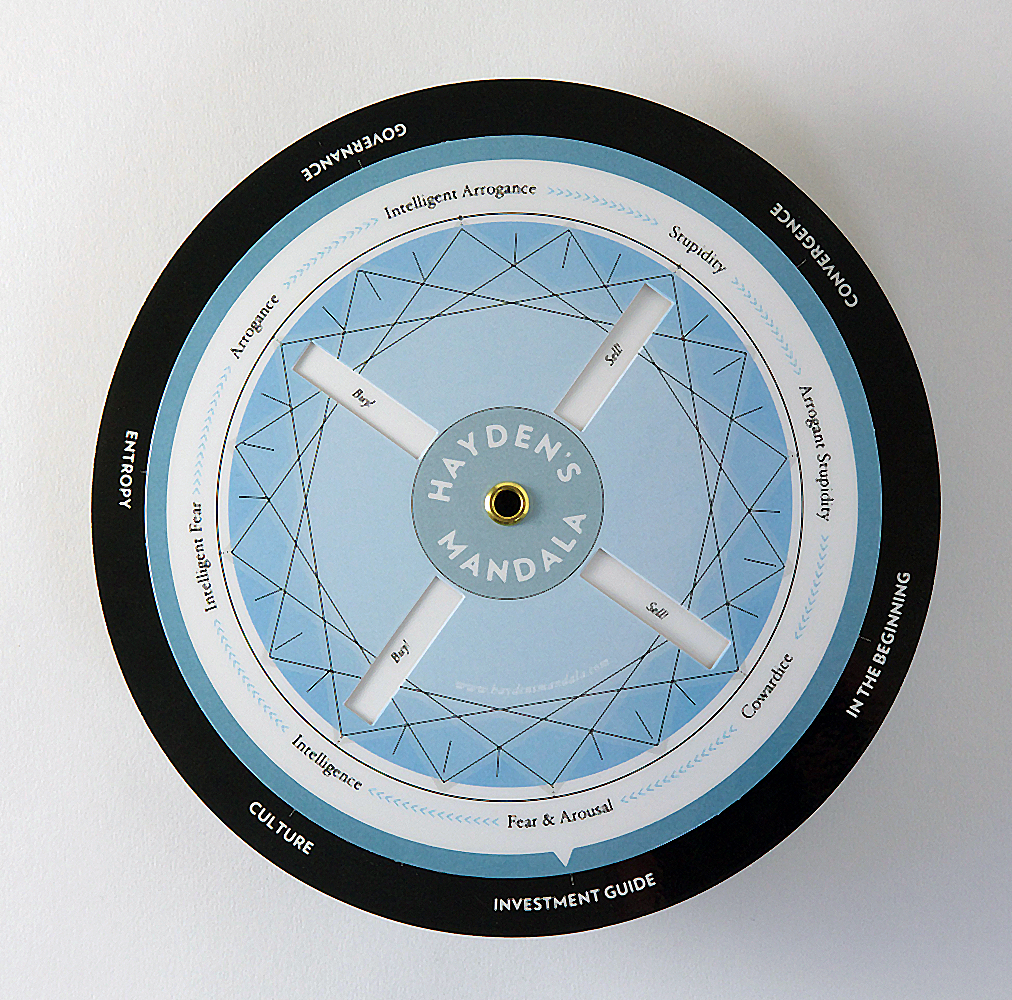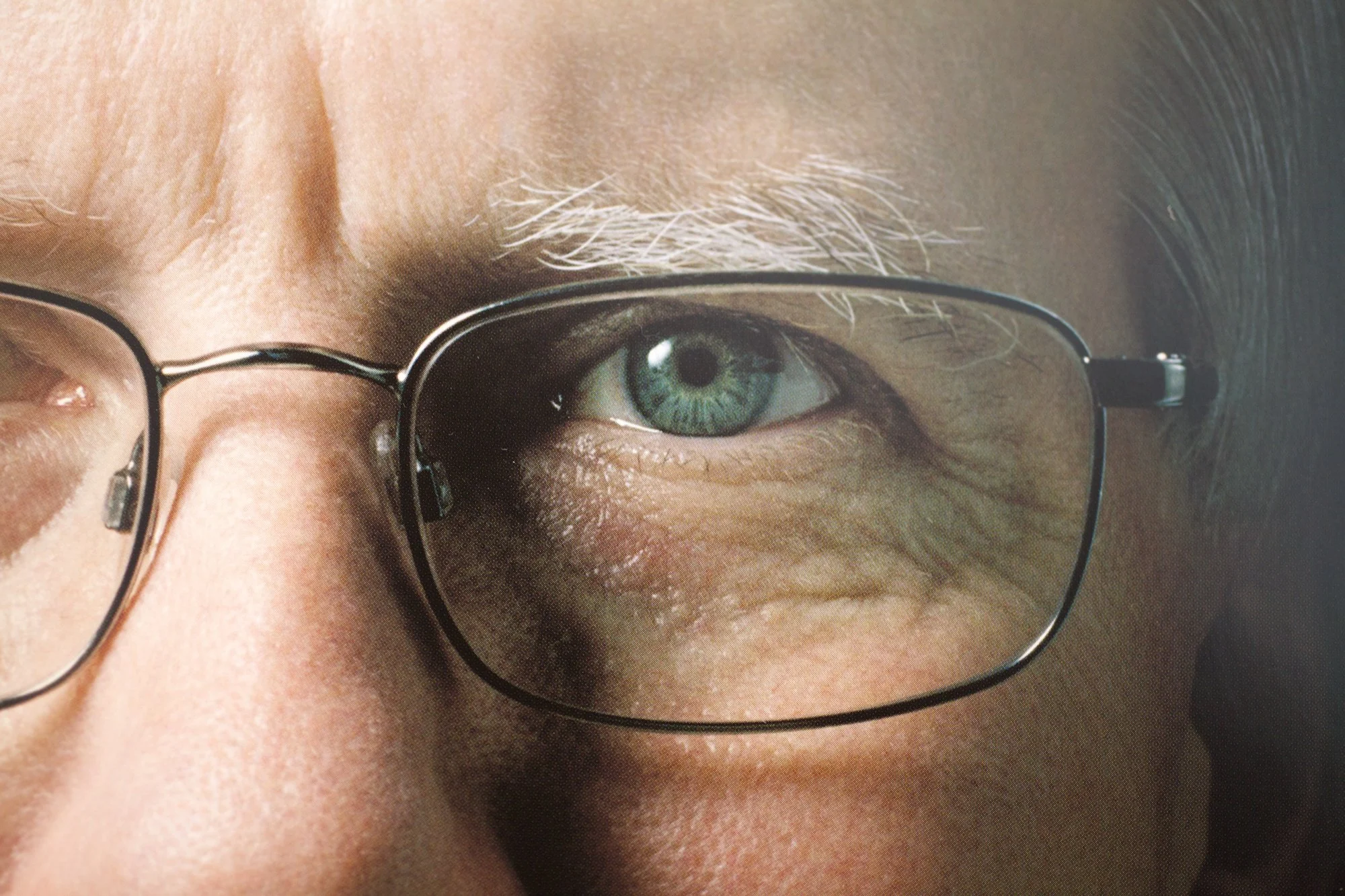A history of the Mandala I first developed Hayden’s Mandala back in 1995. At the last minute, Esther Dyson asked me to fill in as a dinner speaker for her PC Forum event, and I was in something of a panic. Well, actually I was filled with fear…which led to arousal…and very quickly thereafter— like overnight – I developed the Mandala. At the time, I was changing both jobs and computing platforms, going from working on Apple and using a Mac to working on IBM and using a ThinkPad. All the contrast between IBM and Apple, the ups and downs of both of these companies, the decisions and behaviors that helped them succeed and those that brought them down, were in high relief. Apple had gone from garage to market dominance just four years, but, through a series of bad decisions had brought themselves to the break of disaster. IBM had gone from big blue dinosaur, about to be sold off of parts. Under Lou Gerstner, though, things are getting better fast. They are on their way up again. Although the companies couldn’t be more different, the cycles seemed to be the same. I began looking around for other examples of the patterns in the Mandala, and found them everywhere in business in education, then public institutions, and ultimately an individual lives.
Over the years of shared the Mandala with audiences around the world. I’ve been inspired by how they have embraced the Mandala and put it to use in their work in personal lives. I’ve incorporated their stories of fear, intelligence, arrogance, and stupidity into my presentations, and have been spurred to create new frameworks with Mandala describe phenomenon from culture and entropy to governance and convergence. The Mandala even serves something of an investment guide. Who knows where the Mandala will take us in the future?
I’m indebted to the many people who contributed their ideas and examples, and who have nudged me to publish Hayden’s Mandala as a physical wheel you can play with, as a reference book and in a website. I thank Esther Dyson for providing the fear and the venue for the Mandala to emerge. CJ Maupin saw the potential early on, has been pushing me to publish, and helping me refine it in speaking engagements more than a decade. Marc Klein brought the Mandala to life, applying his remarkable brain and talent to make it physically real—and hopefully more useful. I’m also grateful to the many clients who generously shared their stories and ideas, and the dotcom entrepreneurs–those who struck it rich and those who didn’t–for their inspiring acts and cautionary tales, all of which found their place on the Mandala.









